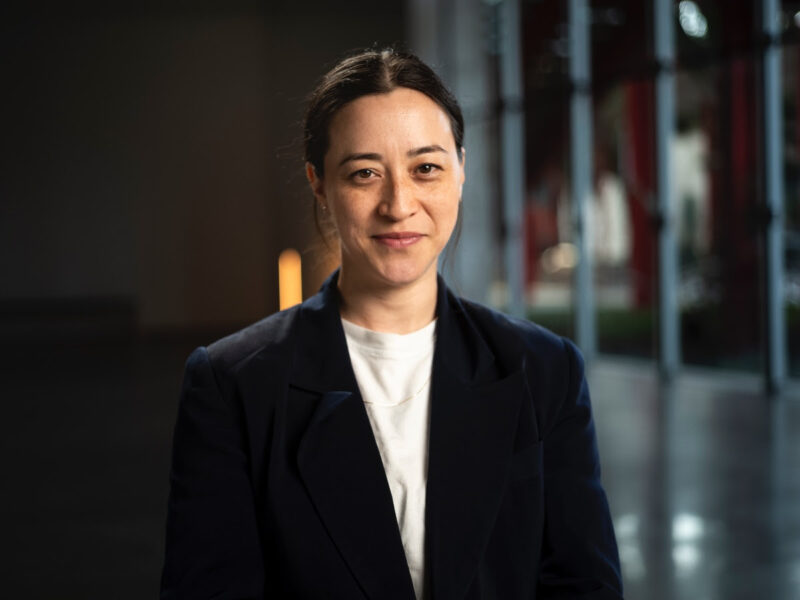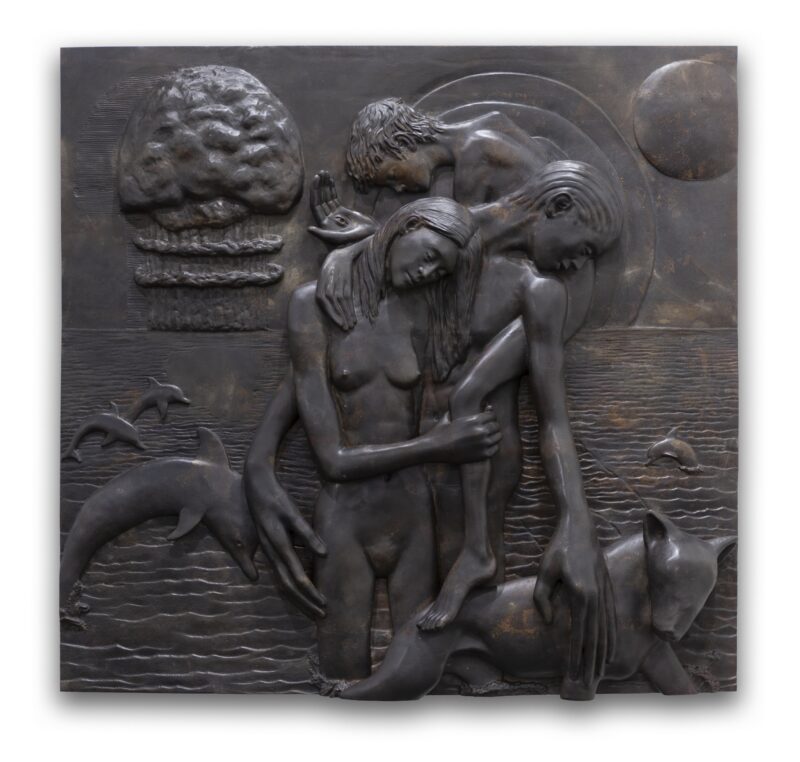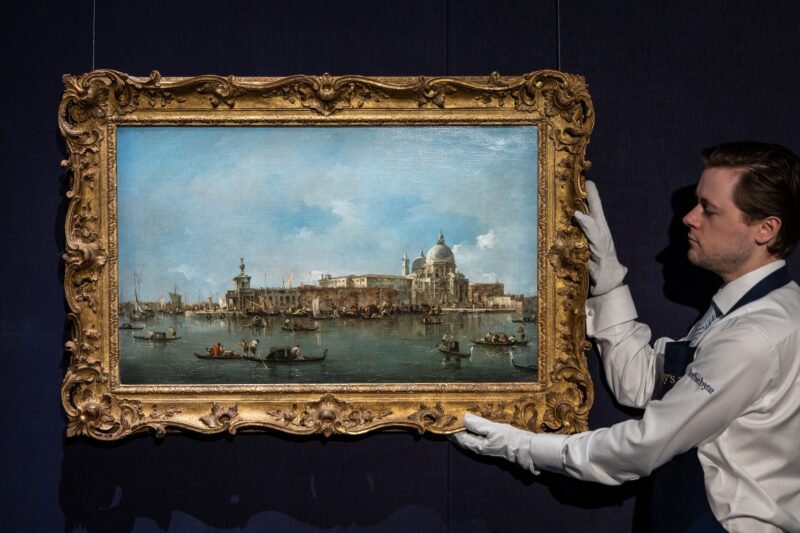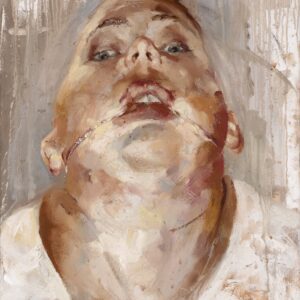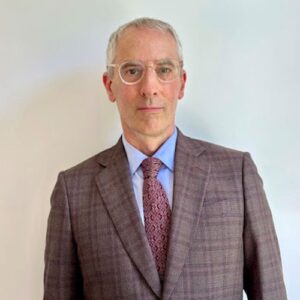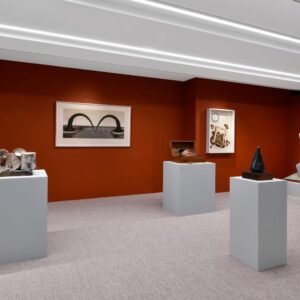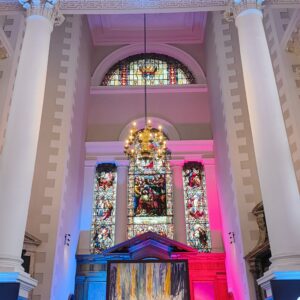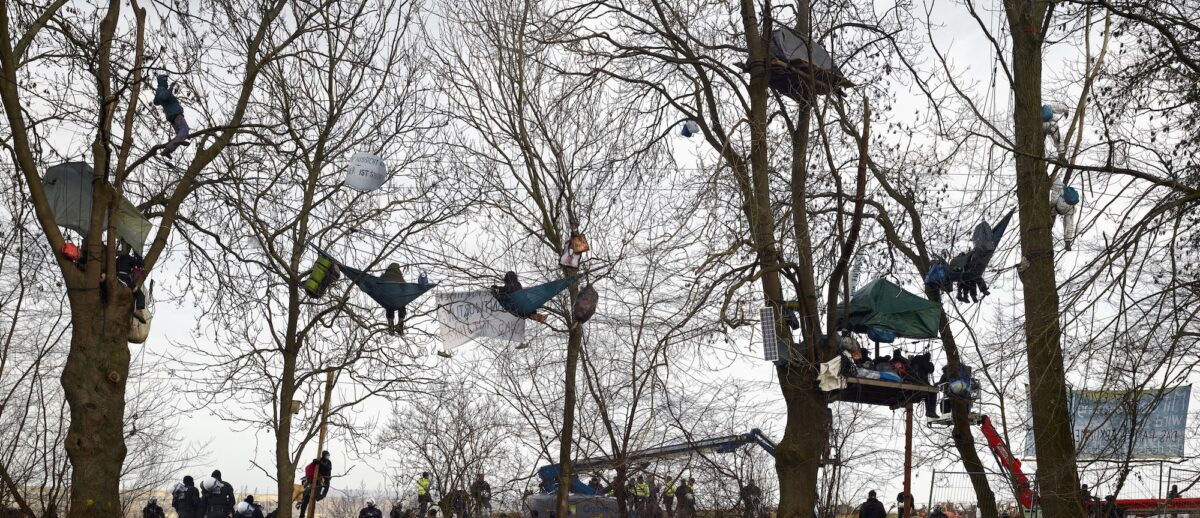
Sprüth Magers to present a solo show of Gursky’s new and recent works as well as a selection of his well-known photographs set in an intertextual dialogue with Old Masters at the New York gallery.
Andreas Gursky stands out as one of the most important photographers of his generation. His monumentally scaled works have redefined the medium in the twentieth and twenty-first centuries, capturing the circumstances of modern-day life in condensed form. Interested in the workings of globalization, consumerism, and social phenomena as they relate to society, Gursky investigates the realities of our changing planet.
Engaging with the images inscribed into our collective memories by the history of painting from Pieter Bruegel the Elder to J.M.W. Turner and Carl Gustav Carus the show examines how contemporary images relate to ones of the past, prompting viewers to consider their function as a silent foundation of the way we see.
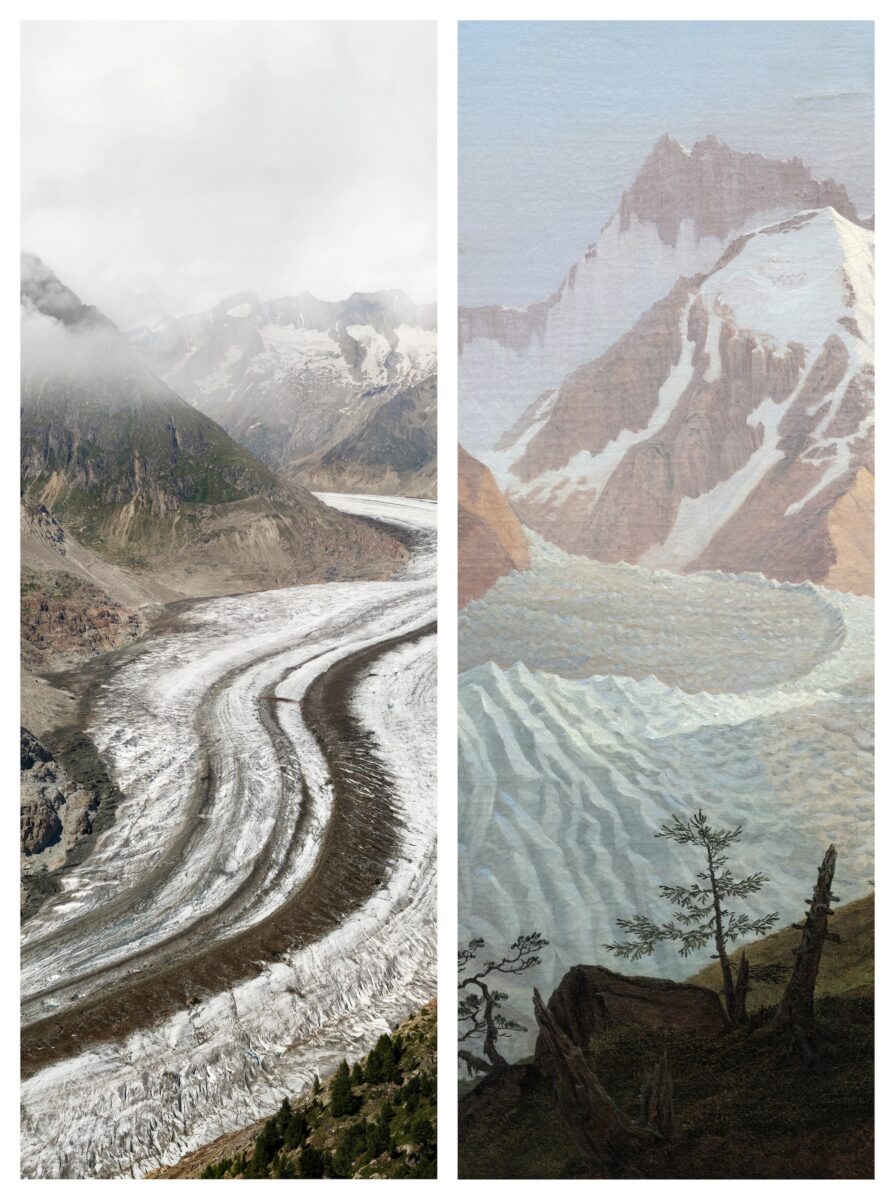
For this exhibition, Gursky pairs his photography with blown-up facsimiles of Old Masters to explore the conditions of image-making and uncover the conscious and unconscious relationships between images created centuries apart. On view here for the first time, Lützerath (2023) shows climate activists who have taken to the trees to protest the excavation of a small village in North Rhine-Westphalia. Occupied in response to the expansion of the open-pit coal mine on its doorstep, Lützerath became the center of the fight over coal and climate in early 2023. The environmentalists nest between branches as police in riot gear stand by, peering up from below. Images like these have become familiar around the world since the act of tree-sitting became a popular form of demonstration in the 1980s and 1990s. Gursky’s image represents the global struggle to eliminate fossil fuel usage, failed environmental policy, and the rapidly worsening climate crisis. Nearby, a section of Pieter Bruegel the Elder’s The Fall of the Rebel Angels (1562) depicts the first clash between Good and Evil when Lucifer turns against the divine authority encouraging viewers to reflect on a history of both the subject and artistic choices that reinforce
the idea of a “war in heaven,” be it in a biblical or a political context.
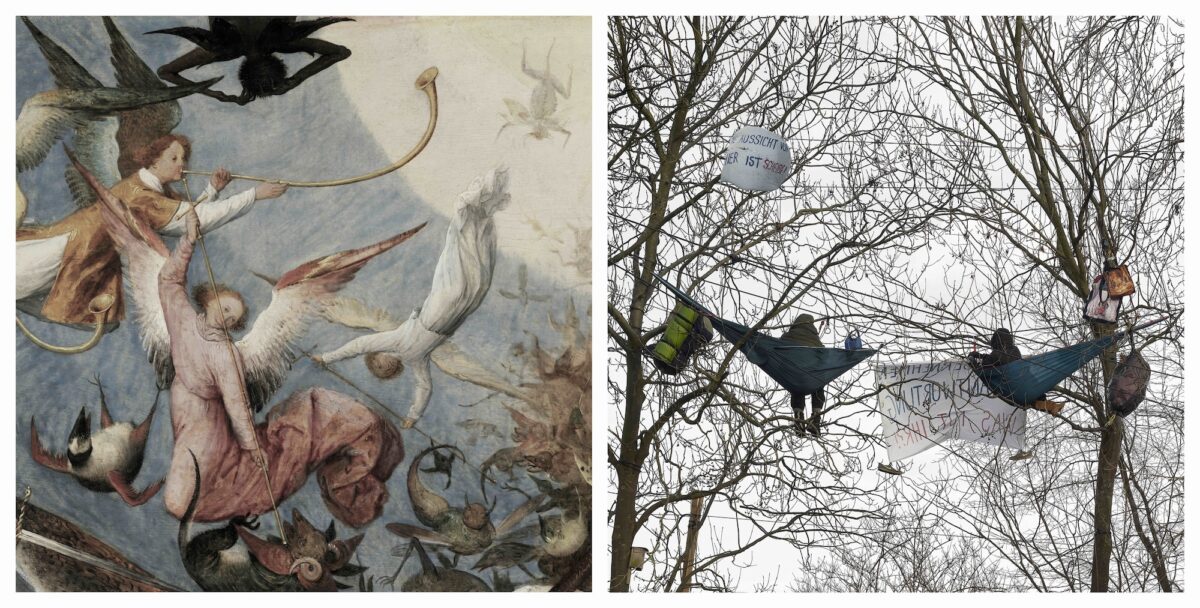
Offering a very different view of the sky, the nocturnal subject and strong sense of mood in Malediven (2023) recall the night as a prevalent theme in Romanticism. Next to it, Fishermen at Sea (exhibited 1796), J.M.W. Turner’s moonlit scene illustrating nature’s influence on humankind’s fate confirms the impression. The contrast between the bold moon and the faint glow of the lantern on the boat indicates the fishermen are fighting a losing battle against the waves. Not only does Turner’s composition and
atmospheric lighting formally link to Gursky’s photograph, but the painting also reflects the recurring theme of the interdependence of nature and society, a key motif in the contemporary artist’s oeuvre.
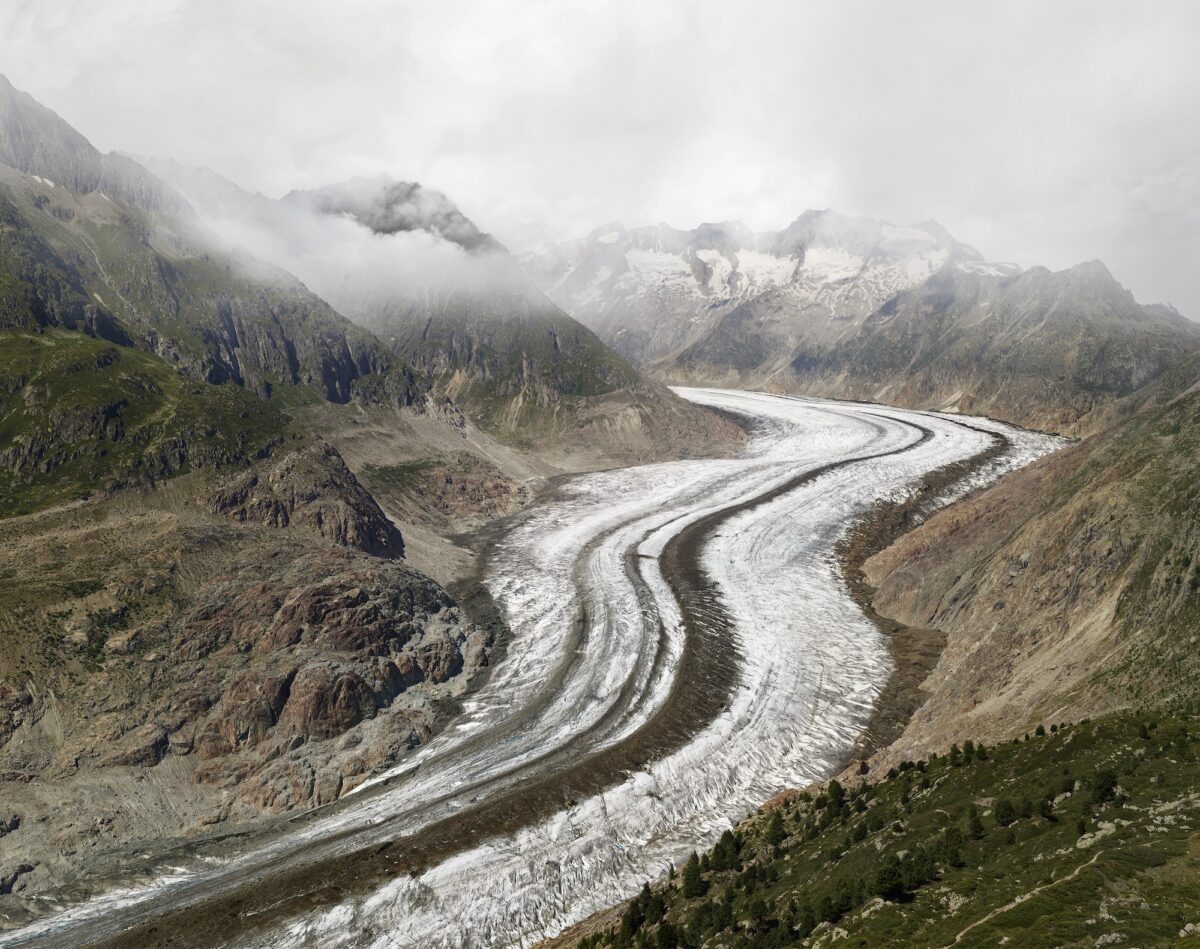
Aletschgletscher II (2024) revisits Gursky’s own work, an iconic view of the largest glacier in the Swiss Alps from 1993. In direct conversation with the earlier version, this new, equally engrossing photograph captures the stark decline in glacial mass, highlighting the significant impact the climate emergency has had on the landscape in the short span of just thirty-one years. Furthermore, we see echoes of Romantic
paintings like The Chamonix Sea of Ice (1825–27) by Carl Gustav Carus, who studied under Caspar David Friedrich. The juxtaposition of these works lets the nineteenthcentury celebration of the sublime—the invocation of pleasurable terror at the sight of overwhelming nature—meet Gursky’s portrayal of the coexistence of beauty and the looming threat of destruction in the Anthropocene.
Gursky’s elaborate works reproduce modern life in grand proportions while evoking a deeper commentary on our interactions with the world. Formulating an entirely unique approach to seeing reality and analyzing the inner visual catalogue we carry within us, the show presents arresting images about images.
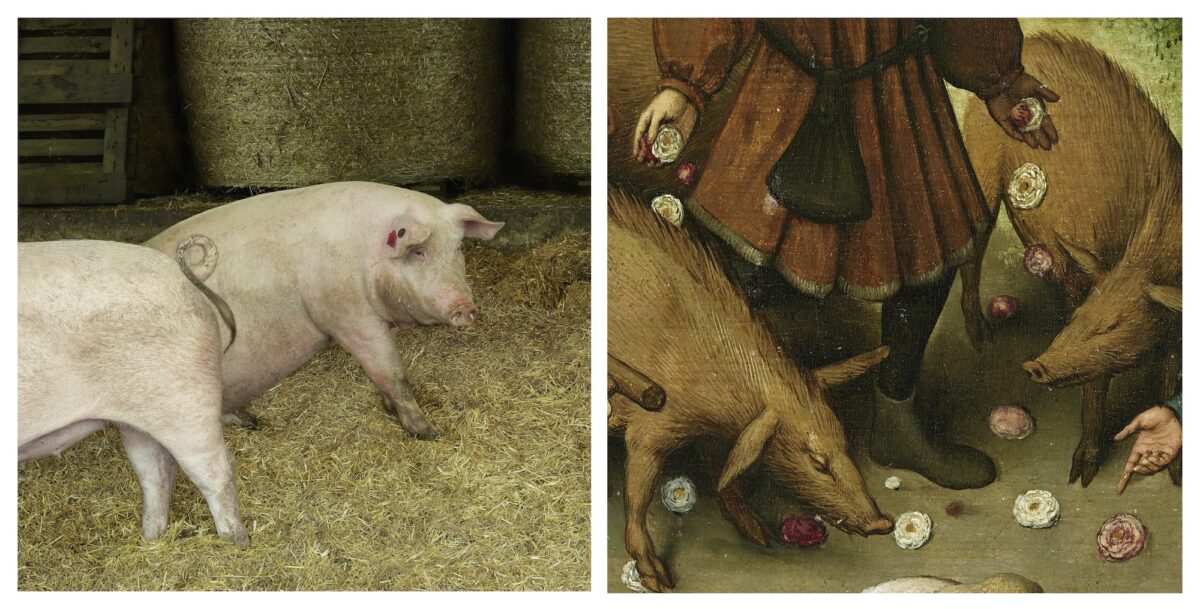
Andreas Gursky, Inherited Images, March 14th–April 19th, 2025, Sprüth Magers, New York
About the artist
Andreas Gursky (*1955, Leipzig) lives and works in Düsseldorf. Solo exhibitions include his latest retrospective at MAST Bologna (2023), APMA Seoul (2022), MdbK Leipzig (2021), Hayward Gallery, London (2018), National Museum of Art, Osaka (2014), National Art Center, Tokyo (2013), Stiftung Museum Kunstpalast, Düsseldorf (2013) and Louisiana Museum of Modern Art, Copenhagen (2012). A solo exhibition organized by the Museum of Modern Art, New York (2001) toured to Centro de Arte Reina Sofía, Madrid, Centre Georges Pompidou, Paris, MCA, Chicago and SFMOMA, San Francisco. His first retrospective, Retrospektive 1984–2007, was shown at Haus der Kunst, Munich and traveled to Istanbul Modern and Sharjah Art Museum (2007), then to Ekaterina Foundation, Moscow and National Gallery of Victoria, Melbourne (2008). Andreas Gursky: Werke 1980–2008 opened at the Museum Haus Esters Haus Lange, Krefeld (2008) and traveled to Moderna Museet, Stockholm and Vancouver Art Gallery (2009)
